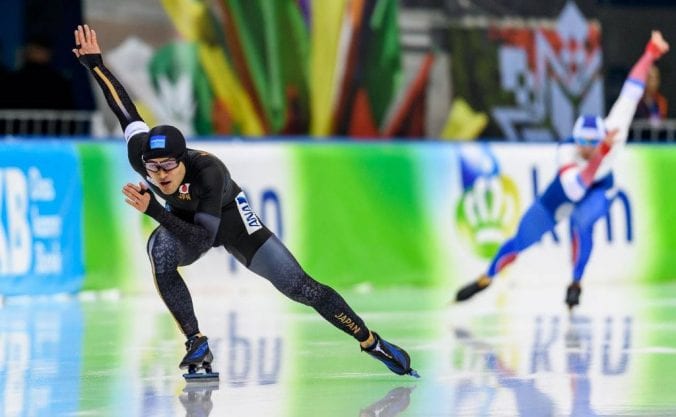Ailsa Harvey
Speed skating is a competitive form of ice skating which involves competitors racing on the ice. There are different distances to compete at: long track speed skating, short track speed skating and marathon speed skating. The standard rink for long track is 400 meters long, but sometimes shorter tracks are used.
The first sign of speed skating can be traced back over a millennium to Scandinavia, Northern Europe and the Netherlands, where natives added bones to their shoes and skated across frozen bodies of water. Ice skating is thought to always have been an activity of joy rather than transport.
It was a Scottish man who designed an ice skate with an iron blade in 1592, leading to the spread of skating and speed skating. An international federation for speed skating was formed in 1892; the first of any winter sport.
Hinted in the name, the sport requires high speed and skill, with skaters reaching speeds of 50km/h during races. Often this can lead to collisions as athletes fight for their place on the ice, making the races unpredictable.
Did you know…
– Some of the countries where speed skating is largely popular are the Netherlands, Norway and South Korea.
– In the Netherlands, marathon competitions are sometimes held on natural ice, on canals, lakes or rivers, rather than artificially frozen tracks. When these races take place on ice rinks, skaters can lap the track 100 times.
– Short track ice skates have a longer blade than traditional skates. The blades are extremely sharp and are bent into an arc to assist in turning around the track. They are also placed off-centre on the boot to avoid the boot touching the ice during turns.
Do you consider yourself to be quick on the ice? Why not give this sport a try?



Leave a Reply